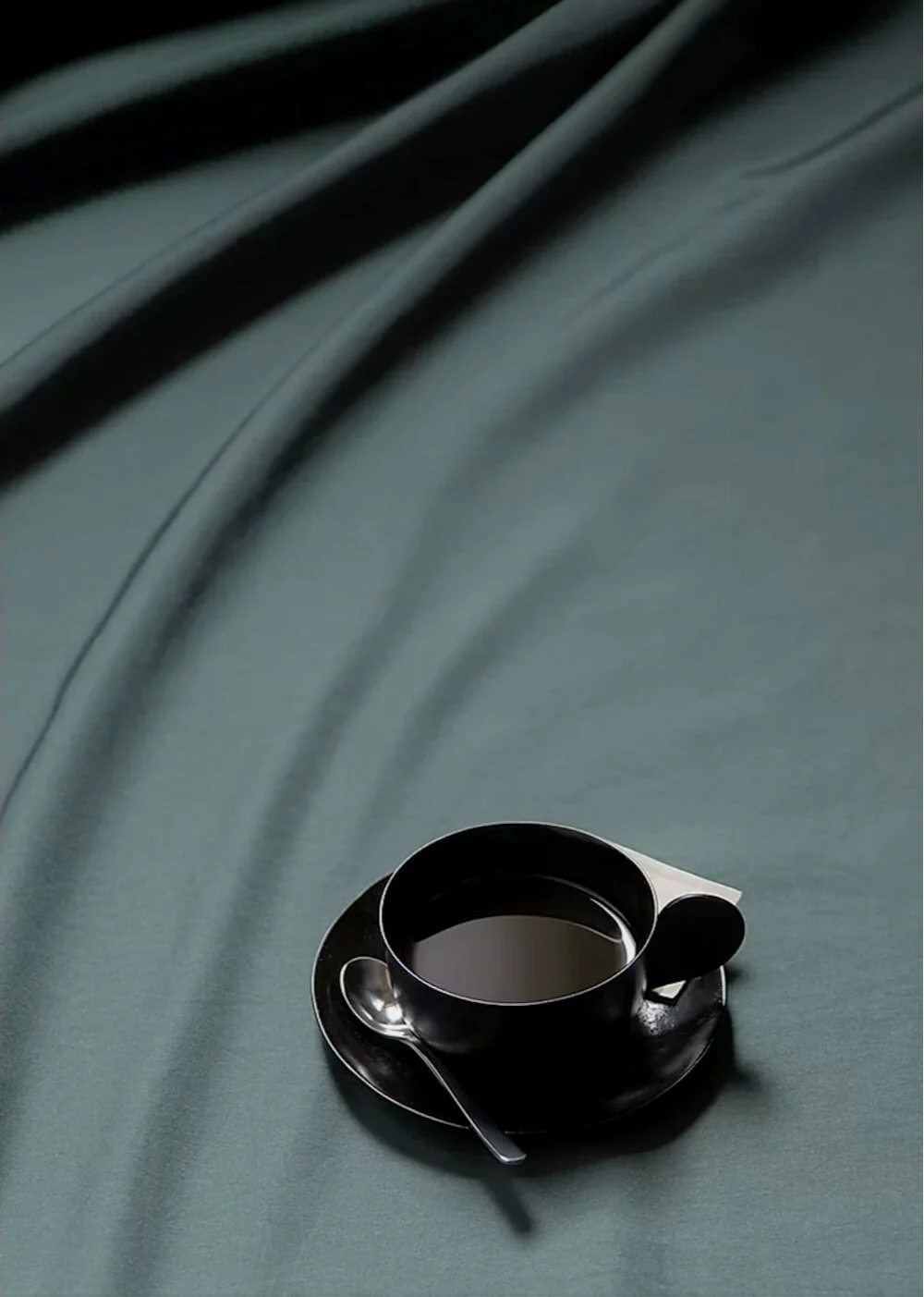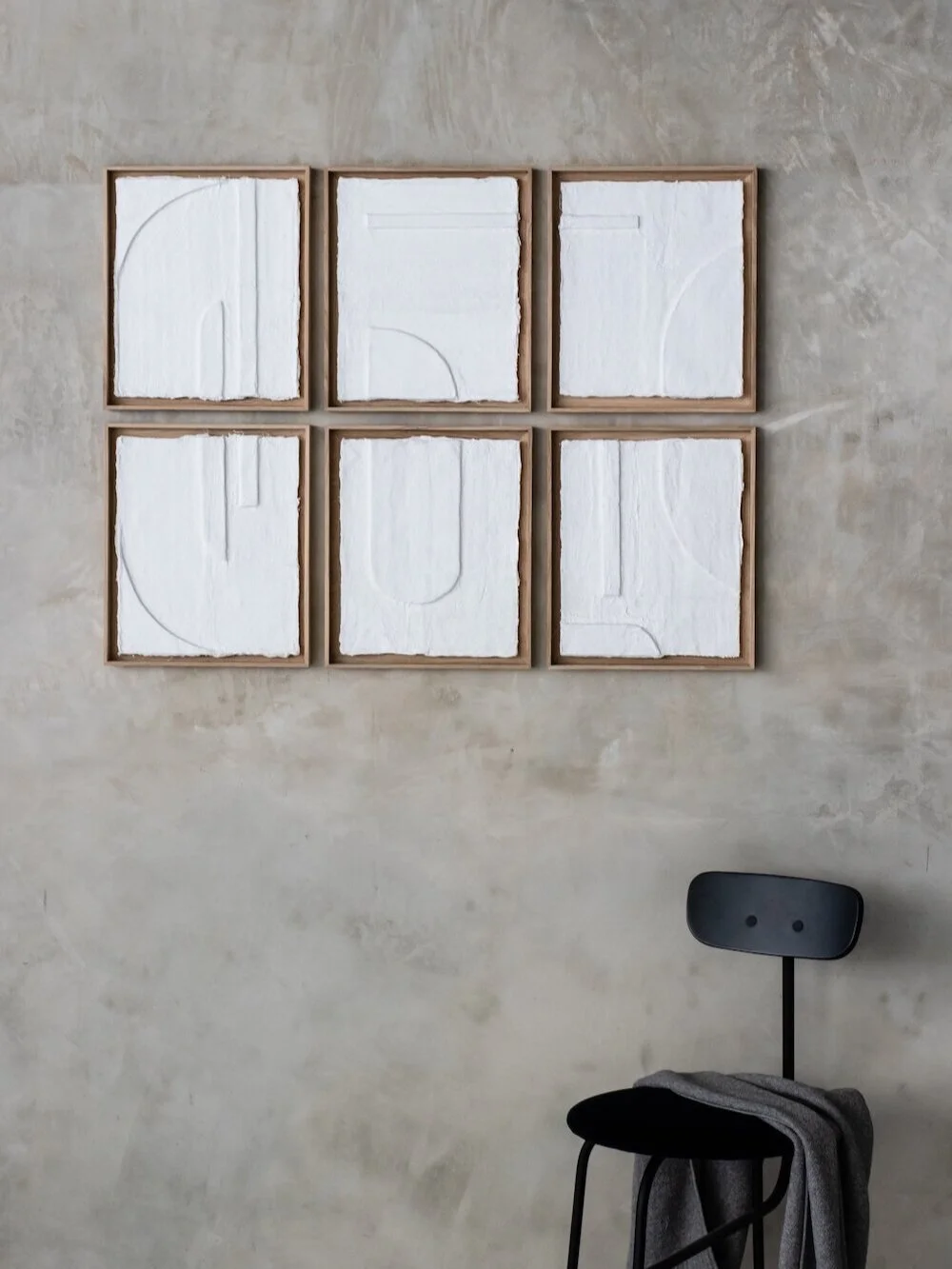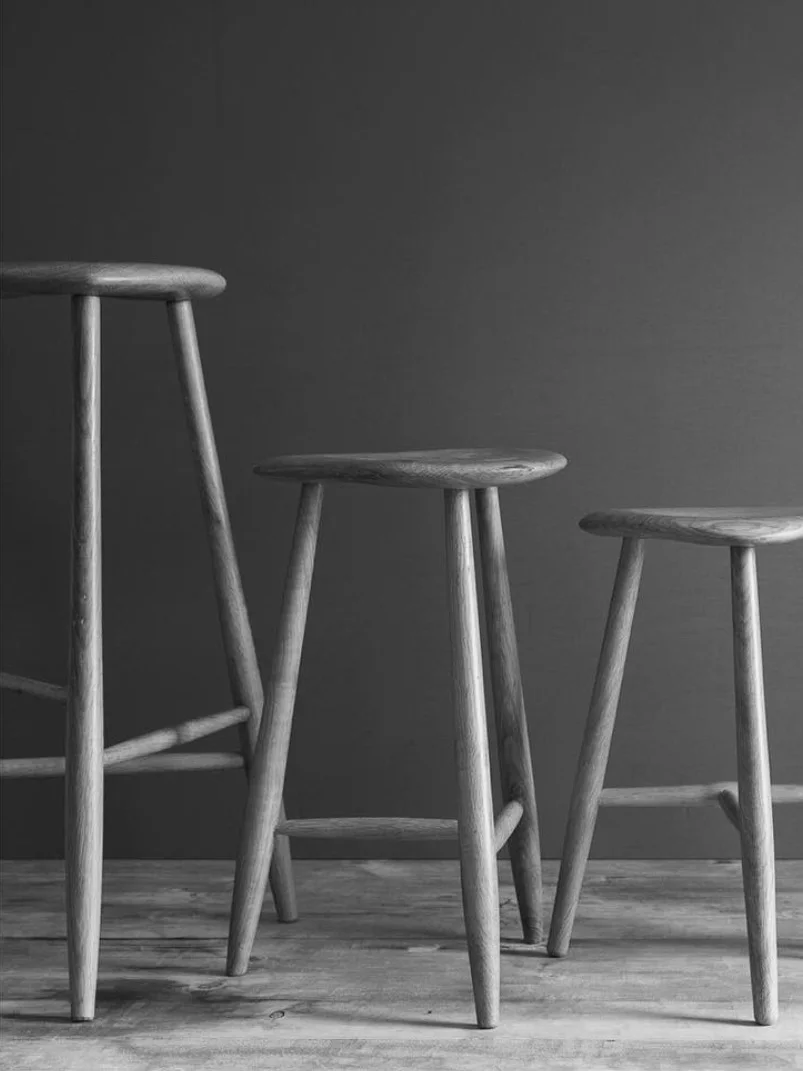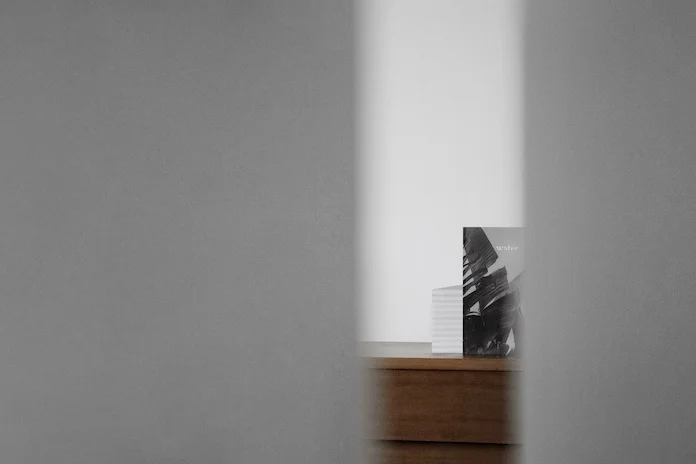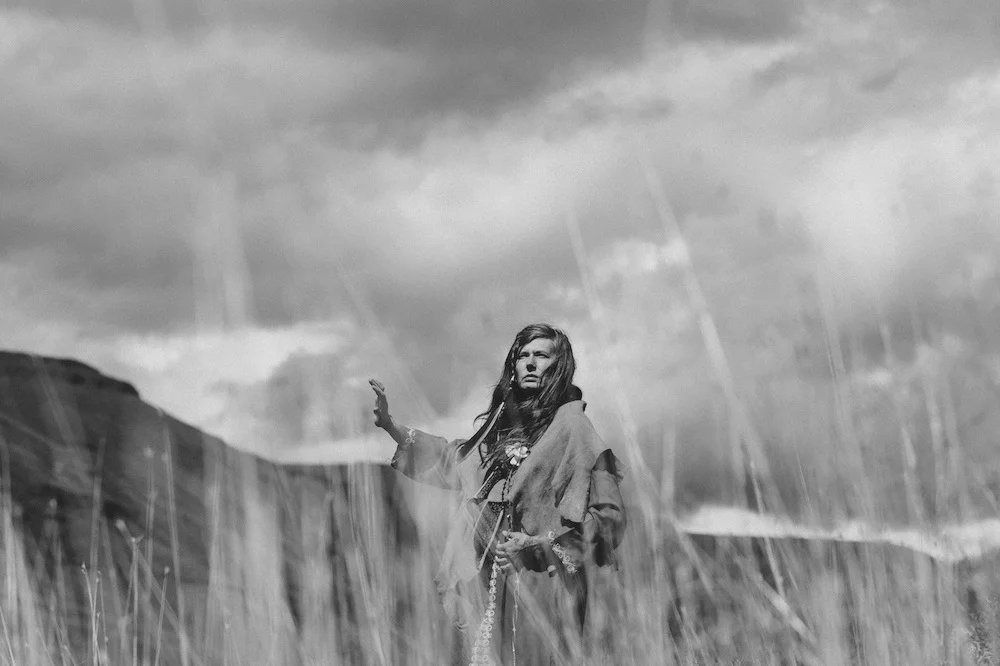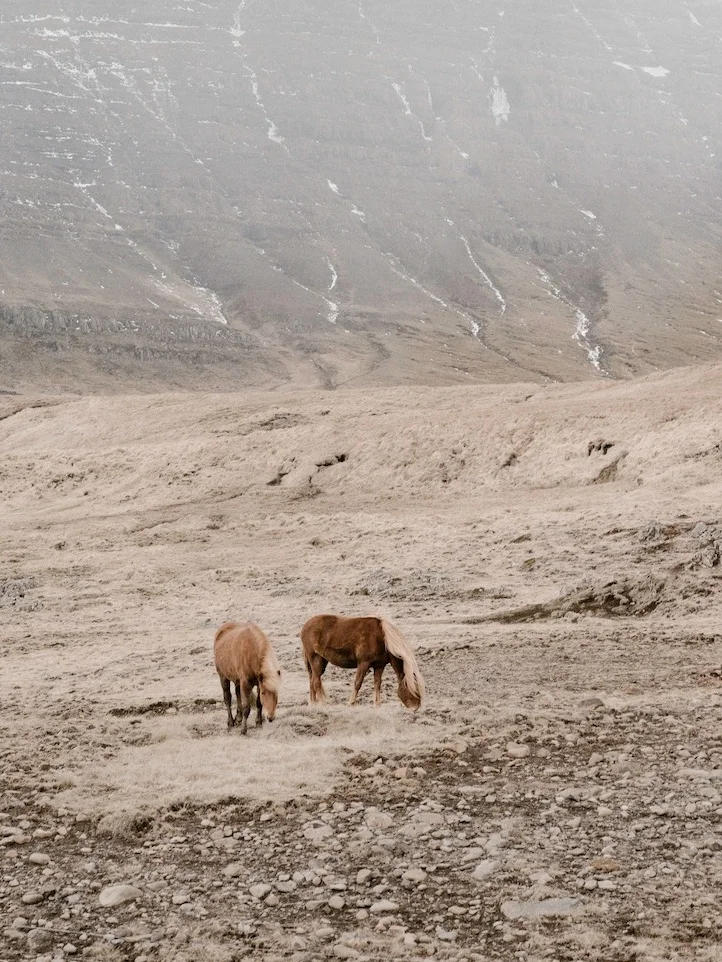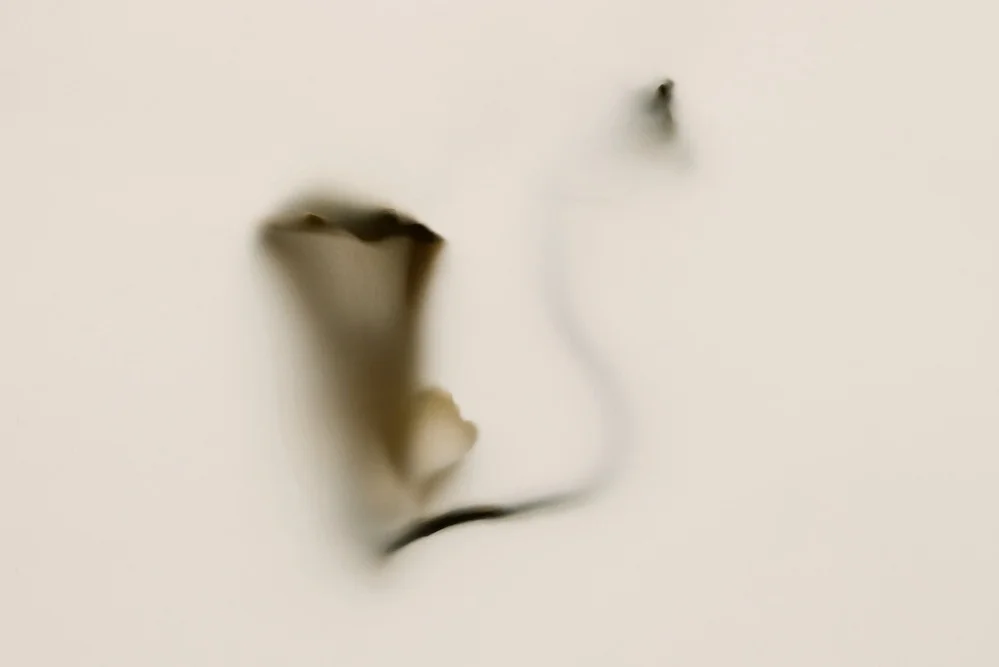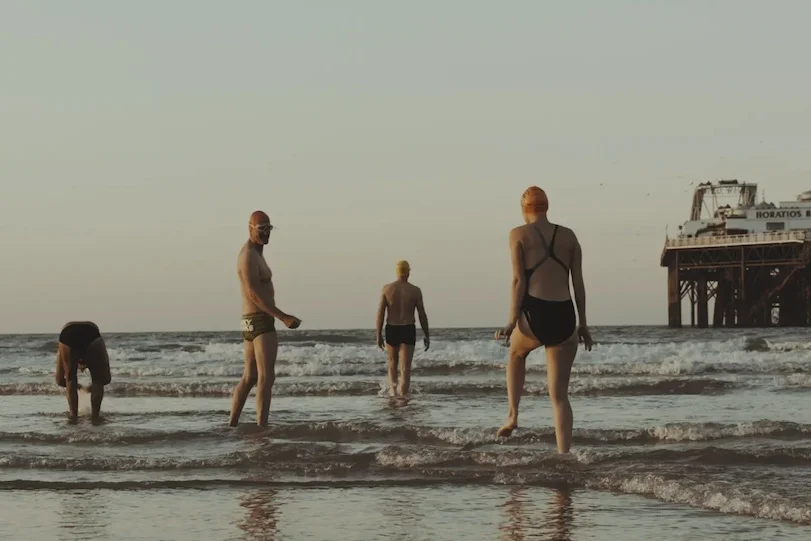Anima
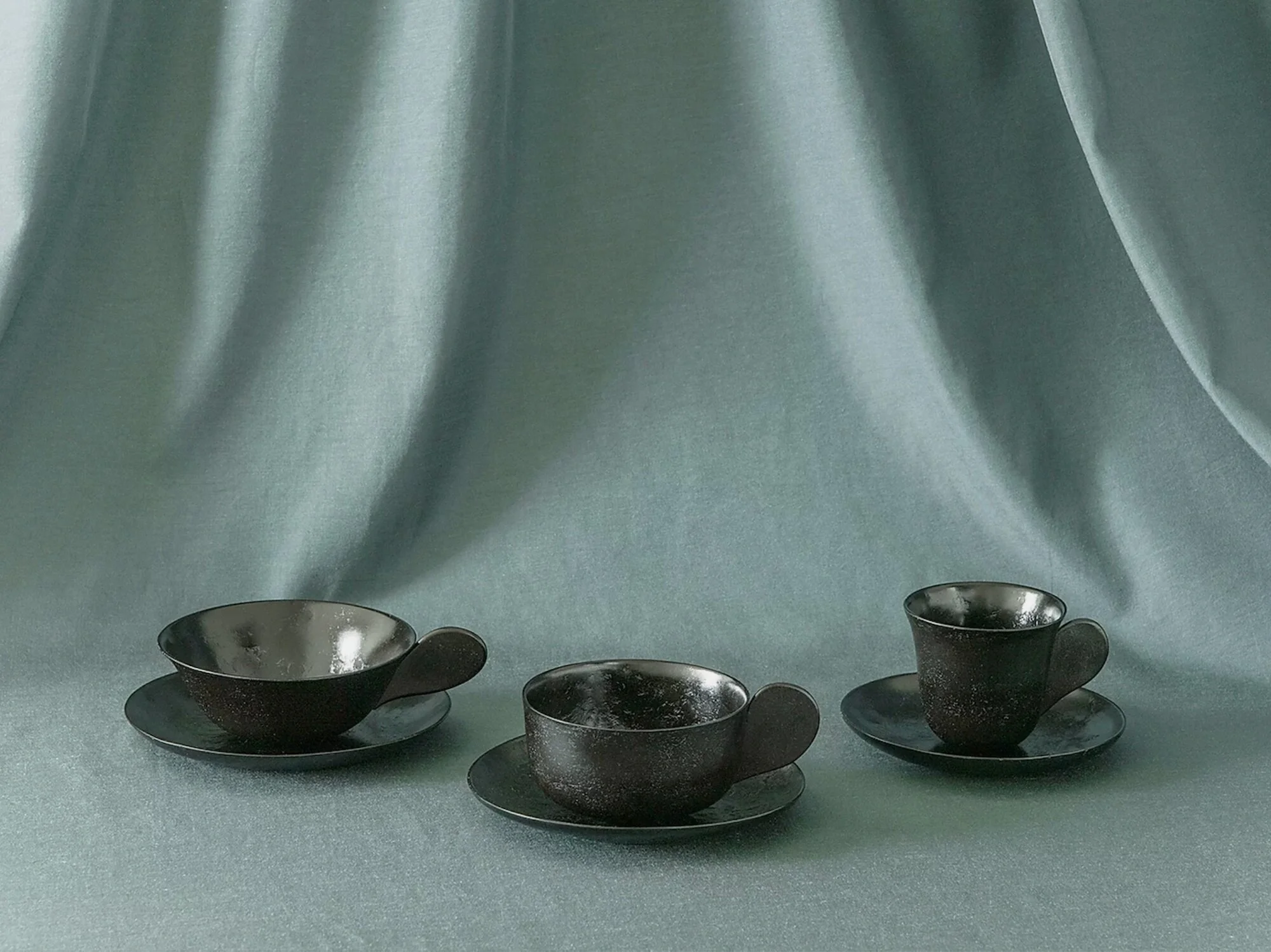
Anima
Concept, Design, Research and Development, Production: Kosuke Araki
Anima - Memorial Service is a series of tableware handcrafted from food waste and Urushi, Japanese lacquer, for rethinking our relationship with nature. Through continuous experiments of the Anima project, it has got several different finishing options depending on preferences: using powder of carbonised waste makes the result complete black. On the other hand, using non-carbonised one, which is just powder of dried waste, results in very dark brown (almost black) due to oxidisation of Urushi and shows brighter brown when exposed to strong light like sunlight.
'Ingredients' can be varied: if you are vegetarian or vegan, they can be made without including any materials derived from animals. One of the ideas lying behind this project is tribute to 'wasted’ lives of vegetables and animals. That is why, this tea or coffee service is named ‘memorial service.’

Food is not a thing but life. We eat life for our existence. However, for lack of appreciation, we 'consume' life at a huge industrial scale as well as a small domestic scale, disposing of it in landfills. While developing this project, Kosuke kept a record of amounts of food waste produced from his house, only including non-edible parts such as rind, peel, calyxes, shells and bones. Their blackness derives from their body material, charcoal of vegetable waste. Mixture of the charcoal, some animal materials and Urushi is moulded into a shape. The addition of Urushi gives a polish as well as practical strength. Historically, Urushi craft has a close relationship with food – leftovers of a meal. For example, rice, tofu or albumen is mixed with Urushi to adjust its viscosity for making sticky glue or textures.
Kosuke revisits this food-related aspect in a contemporary context, making the collection entirely from wasted food. Like the cremation of the body, the 'waste' is carbonised and reincarnated into something else, showing that what is often regarded as 'ugly' can be turned into something beautiful and precious. Kosuke hopes this project serves an opportunity of reflecting consumers' habits of daily consumption. Would serving food on these tableware help consumers to be re-aware of what they are consuming is 'life'?




